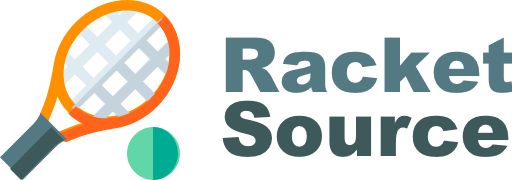Table tennis does give eyecare professionals and presbyopic players alike a little bit of a problem. … In my experience of playing table tennis, single vision distance or intermediate spectacles tend to work best.
Thereof, can you play tennis with bifocals?
For everyone around the age of 40, the focusing lens inside your eye begins to stiffen. … Note: Playing tennis while wearing bifocals requires adaptation – the ball seems to jump and blur as it crosses the bifocal lens. Some players find that special sports glasses with larger lenses without the bifocal work much better.
Additionally, does playing tennis improve eyesight?
Playing table tennis improves our eyesight as our ciliary muscle is trained. … For teenagers and children, the way to improve their eyesight is to have them avoid looking at a monitor for a long time. By playing table tennis, their focal length can alternate as a small ball moves.
What are the disadvantages of progressive lenses?
What Are the Disadvantages of Progressive Lenses?
- #1: It can take time to get used to wearing progressive lenses.
- #2: Some frames are unsuitable.
- #3: Progressive lenses can cost more than single-vision lenses.
Do you need glasses for tennis?
The short answer: Yes! Vision does not have to be the obstacle that comes between you and your game. The key to wearing corrective lenses on the tennis court is to have prescription eyewear designed specifically with sport performance in mind.
What are signs you need glasses?
What symptoms might you develop if you need glasses?
- blurred vision.
- double vision.
- fuzziness, as in objects don’t have defined, clear lines and things seem a bit hazy.
- headaches.
- squinting.
- objects have “auras” or “halos” around them in bright light.
- eyestrain, or eyes that feel tired or irritated.
- distorted vision.
Which country wears glasses the most?
This was followed by Switzerland at 67.7 percent and Norway at 66 percent.
| Characteristic | Individuals who wear spectacles |
|---|---|
| Switzerland | 67.7% |
| Norway | 66% |
| Finland | 65% |
| Cyprus | 65% |
Why can I suddenly see better without my glasses?
If you think that you are reading better lately without your glasses on, see your optometrist or ophthalmologist. If your near vision is suddenly better than ever, chances are that your distance vision may be worse. Sometimes, when second sight occurs, what is really going on is that you are becoming a bit nearsighted.
